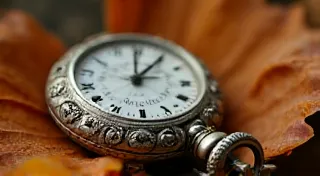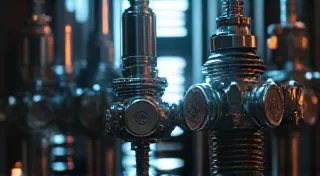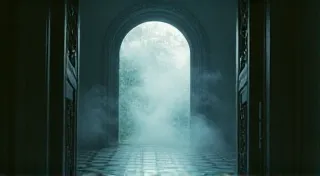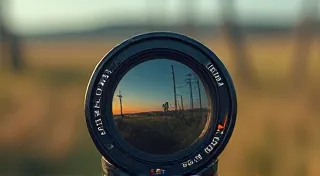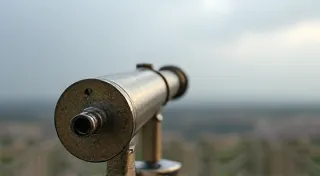The Taxidermist's Muse: The Role of Artistic Inspiration in Antique Mount Creation
There's a quiet dignity in an antique taxidermy specimen. It’s more than just a preserved animal; it's a frozen moment of natural beauty, a testament to a time when scientific curiosity and artistic skill intertwined. We often focus on the species, the age, the condition – the factual elements of collecting. But what about the soul of the piece? What inspired the taxidermist to breathe life, or at least a semblance of it, into a lifeless form? This is where we uncover the taxidermist's muse, the wellspring of artistic inspiration that shaped these enduring works.
Imagine a rural workshop in the late 19th century. Light streams through dusty windows, illuminating a taxidermist meticulously studying a freshly acquired fox. He’s not simply envisioning a static representation; he’s observing posture, expression, the subtle nuances of movement as it paces through a winter forest. His tools—scalpels, wire, glass eyes—are extensions of his artistic intent. He’s drawing not just from anatomical knowledge, but from a deep appreciation for the animal’s essence, a desire to capture not just its appearance, but its spirit.
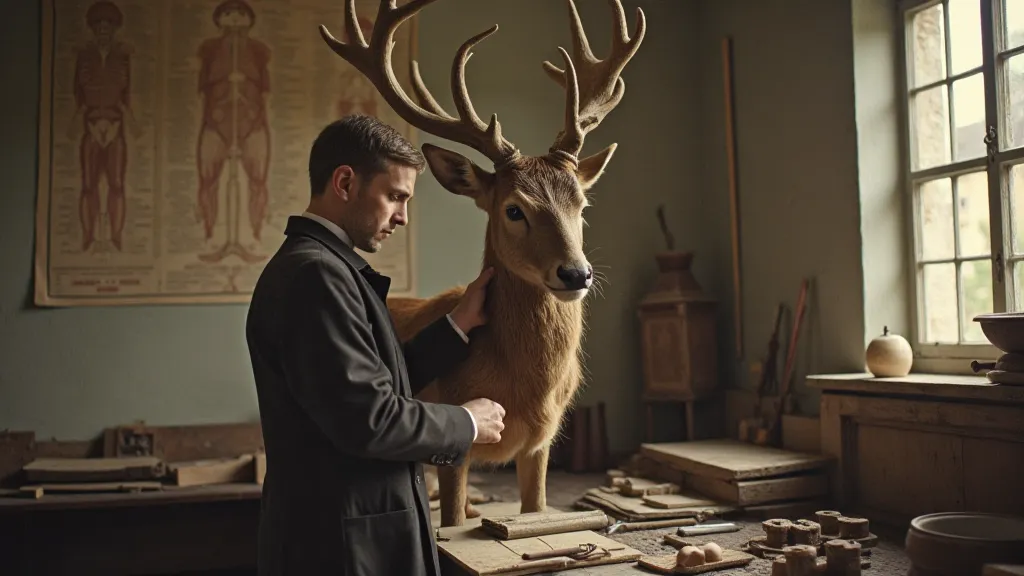
The Influence of Naturalism and Scientific Illustration
The rise of taxidermy as a recognized art form is inextricably linked to the burgeoning fields of natural history and scientific illustration. Think of the meticulous detail in John James Audubon's
This era coincided with a rising interest in collecting. Museums were expanding, and private collections of natural history specimens became status symbols for the wealthy. Taxidermists catered to this demand, producing mounts not just for scientific study, but also for display and ornamentation. The resulting specimens were often meticulously posed, sometimes in dramatic or even theatrical settings—a pheasant taking flight, a bear reaching for honey, a wolf mid-stride.
Beyond Anatomy: Artistic Movements and Aesthetic Ideals
However, the taxidermist's inspiration didn’t solely originate from scientific observation. Artistic movements of the time left their mark as well. The Romantic era’s emphasis on emotion and grandeur influenced how animals were posed and presented. A mounted lion, for instance, might be depicted in a heroic pose, embodying strength and nobility. Victorian aestheticism, with its appreciation for beauty and detail, further refined the craft. Animals were often surrounded by carefully chosen foliage, rocks, and other natural elements to create a harmonious and aesthetically pleasing composition. A taxidermist drawing inspiration from the Pre-Raphaelites might have focused on exquisite detail and rich colour – a fox’s fur rendered with almost painterly finesse. The intricacies of achieving this level of detail involved more than just artistic talent; it demanded a deep understanding of the materials and processes involved, almost like decoding the subtle art of antique taxidermy techniques.
Consider the artistry involved in choosing and fitting glass eyes. These weren’t simply replacements for lost organs; they were crucial in conveying a sense of life and personality. A skilled taxidermist understood the importance of eye placement and color to achieve the desired expression – alertness, serenity, aggression. The smallest alteration could transform a mount from a lifelike representation to a lifeless imitation.
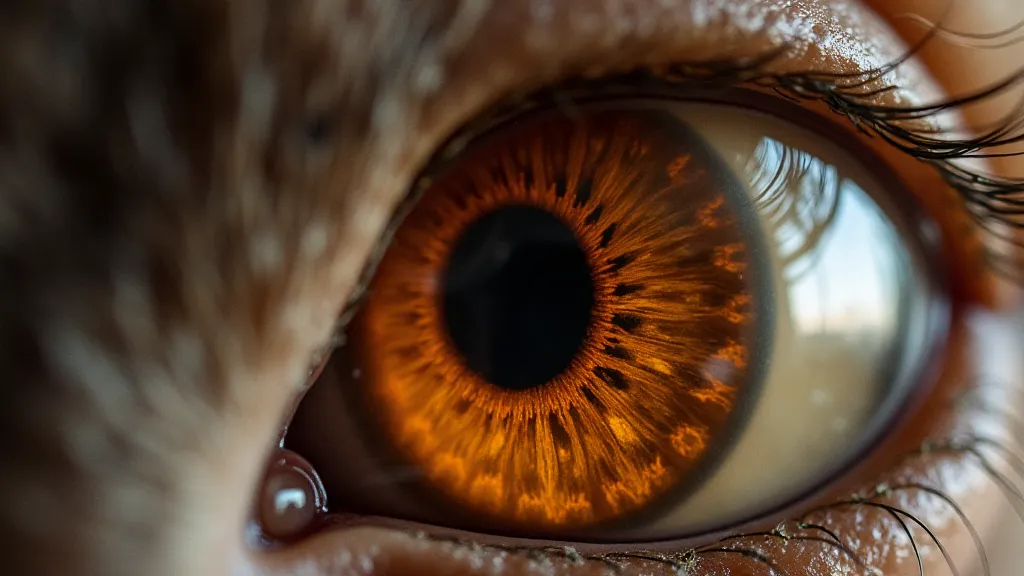
The Collector's Dilemma: Ethics and Extinction
The world of antique taxidermy is not without its ethical considerations. Many specimens represent species now lost or severely threatened, a stark reminder of humanity’s impact on the natural world. While possessing such a piece can be a source of profound connection to history and nature, it also brings with it a responsibility to acknowledge the circumstances of its acquisition. The question of whether collecting these 'lost' species is justifiable often creates a difficult crossroads for enthusiasts, prompting reflection on the delicate balance between preservation and memorialization. This sentiment touches on broader discussions regarding the impact of humanity on the natural world and raises questions that resonate with those involved in wildlife conservation, sparking debates about the ethics of collecting increasingly rare artifacts. This complex issue weighs heavily on the collector, forcing them to confront the curator's lament regarding the ethical crossroads of collecting lost species.
The Personal Touch: Stories Embedded in the Mount
Beyond broader artistic and scientific influences, the individual taxidermist often brought their own personal story to their work. Perhaps they were an avid hunter, intimately familiar with the animals they mounted. Or perhaps they were simply passionate observers of nature, driven by a desire to preserve its beauty for posterity. These personal connections often imbued the mounts with a unique character that is difficult to quantify but undeniably present.
I remember hearing a story from a fellow collector about a mount of a barn owl. The owl had been rescued from a local farmer's field, injured by a combine harvester. The taxidermist, who had clearly known the farmer and felt a sense of responsibility for the owl’s fate, recreated the scene of its rescue – the owl perched on a stalk of wheat, its wing slightly outstretched, as if attempting to take flight. The mount wasn’t just a scientific specimen; it was a memorial, a poignant reminder of a life tragically interrupted.
These stories, these individual touches, are what elevate antique taxidermy beyond mere preservation. They transform them into objects of art, imbued with history, emotion, and a profound connection to the natural world. They often reflect a particular aesthetic sensibility that was prevalent at the time, sometimes tinged with a sentimentality that can be surprisingly pervasive. This often involves creating a carefully curated scene, almost like a miniature stage play, using props and backgrounds that evoke a particular mood or atmosphere, sometimes highlighting aspects of Victorian culture that might seem curious to modern eyes. This theatrical approach to taxidermy can sometimes feel a little contrived, a carefully constructed illusion designed to appeal to the collector's desire for beauty and spectacle, hinting at unmasking Victorian sentimentality in antique animal mounts.
The Technical Expertise: Beyond the Eye
While the artistry of glass eye placement is frequently highlighted, the technical expertise of a skilled taxidermist extended far beyond this single aspect. From the precise articulation of limbs to the accurate recreation of fur and feather patterns, every detail required meticulous attention and a deep understanding of anatomy and material science. The process of preserving and shaping the animal’s form involved a complex interplay of chemicals, wires, and sculpting techniques, all of which contributed to the final product’s realism and longevity. It’s a process that demanded both artistic talent and mechanical aptitude, a rare combination of skills that is increasingly difficult to find in modern practitioners. This level of detail often required the development of innovative techniques and the adaptation of existing methods to suit the specific challenges posed by each specimen. A truly exceptional taxidermist was not only an artist but also an engineer, a scientist, and a craftsman, all rolled into one.
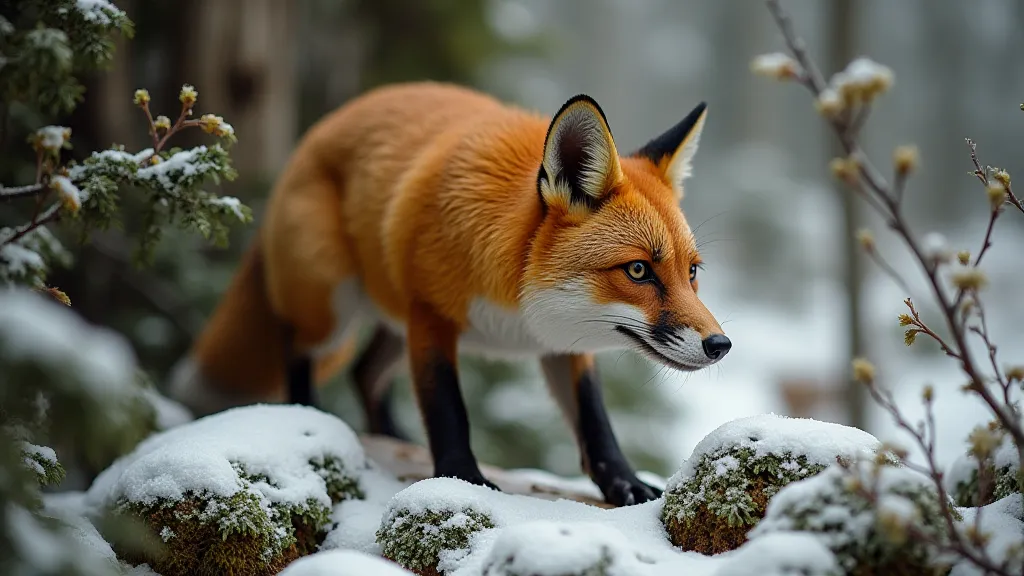
The Collector's Appreciation: Recognizing the Muse
For the collector, understanding the role of artistic inspiration is crucial to appreciating the value and significance of antique taxidermy. It's not just about identifying the species or dating the mount; it's about recognizing the hand of the artist, discerning the influences that shaped their work, and appreciating the story embedded within the specimen. A mount that simply replicates anatomical form lacks the spark of true artistry. The most prized specimens are those that reveal a unique vision, a personal touch, a testament to the taxidermist's muse. It’s about appreciating the layers of history and meaning that are woven into each piece, recognizing it as more than just a preserved animal but as a window into a different time and place.
Look for details: the subtlety of the pose, the precision of the glass eyes, the care with which the surrounding habitat has been recreated. These are the hallmarks of a truly inspired work of taxidermy – a frozen moment of natural beauty, captured by a skilled hand and imbued with a spirit that transcends time.

